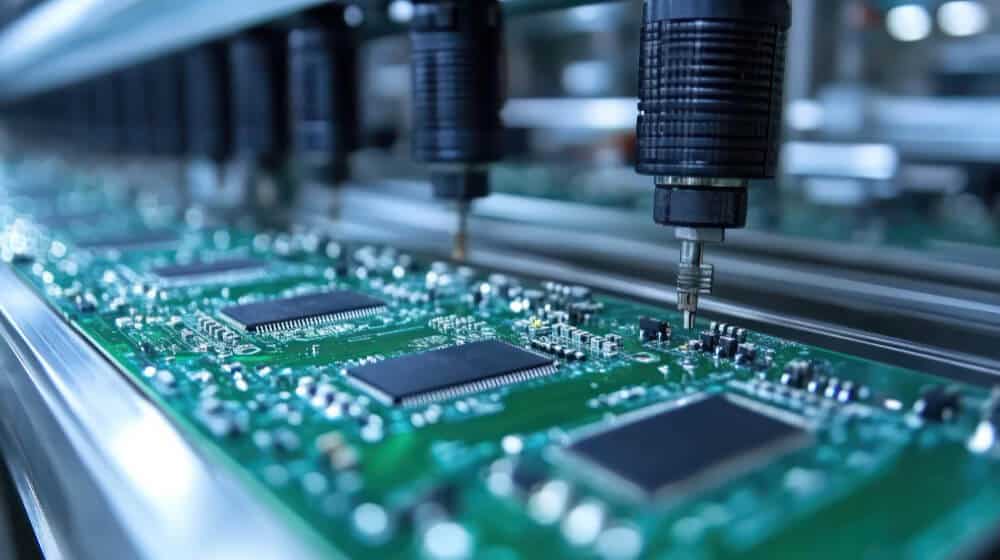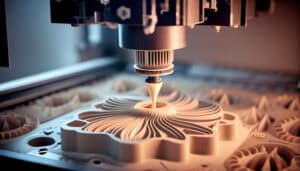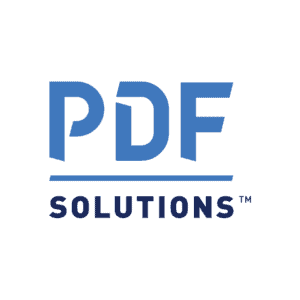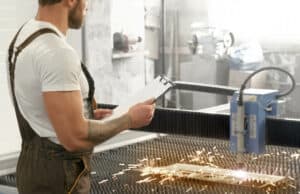News
What Are the Criteria for Selecting Materials for PCB Production in Extreme Environmental Conditions?

Printed Circuit Boards (PCBs) are essential components in any electronic system, providing the foundation for connecting and supporting electronic components. When a PCB is required to function in extreme environmental conditions—such as high temperatures, increased humidity, radiation, or exposure to harsh chemicals—selecting the appropriate materials becomes a key challenge. Proper material selection ensures the board’s durability over time and maintains reliable performance even under difficult conditions.
In this article, we will outline the key criteria that should guide the selection of materials for PCB production when extreme environmental conditions are involved.
High-Temperature Resistance
One of the first considerations when selecting materials for PCB production is high-temperature resistance. When a board is expected to operate in high-temperature environments (such as in aerospace or space industries), it is essential to choose materials that can withstand thermal loads over time without warping or failure.
FR-4 and Alternatives
- FR-4 is the most common base material used for PCB production, consisting of glass-reinforced epoxy laminate. It can withstand temperatures up to 130°C, but more advanced materials may be required for extreme environments.
- Polyimide is a high-temperature resistant material used in applications where wide temperature ranges are required. It can withstand temperatures up to 260°C and provides excellent thermal durability.
These materials provide protection in environments where the system’s operating temperature is high, while ensuring the reliability of the PCB.
Humidity and Chemical Resistance
Exposure to moisture can cause material swelling, electrical short circuits, and reduce the board’s electronic reliability. When a PCB is designed to function in humid environments, such as marine applications or tropical climates, materials with high moisture resistance should be used to prevent water penetration.
- PTFE (Polytetrafluoroethylene) is known for its moisture resistance and its ability to shield the board from liquid penetration.
- Additionally, materials coated with acrylic or silicone layers offer insulation and protection against moisture.
Mechanical Durability and Flexibility
Extreme environmental conditions may involve exposure to vibration, mechanical shock, or frequent movement. Therefore, the PCB must be made of materials that provide high mechanical durability and some degree of flexibility to prevent cracks or tears in the board.
- Flexible base materials, such as polyimide or PEN (Polyethylene Naphthalate), offer high resistance to movement and mechanical stress. These materials are particularly important for applications in the automotive, wearable electronics, and aerospace industries.
Radiation Resistance
In applications where the PCB is exposed to ionizing radiation, such as in space or medical equipment, the material’s resistance to radiation must be considered. Radiation can alter the chemical structure of materials, causing electronic degradation and impairing board functionality.
- Materials like PTFE and polyimide are known for their high radiation resistance, making them preferred choices for radiation-exposed applications.
Thermal and Electrical Conductivity
PCBs operating in extreme heat environments must ensure efficient heat dissipation. Materials with high thermal conductivity enable the board to effectively dissipate heat, preventing component overheating.
- Ceramic materials (such as aluminum nitride) are used to enhance thermal conductivity, ensuring efficient heat distribution and preventing failures due to overheating.
- Additionally, thick copper materials can improve the electrical conductivity of PCBs designed to handle high current loads.
Electrical Properties: Dielectric Constant and Loss Factor
The electrical properties of the materials used affect the board’s performance in extreme environments. Materials need to have a low dielectric constant and low loss factor to prevent signal loss and interference.
- Rogers laminates, for example, provide a low dielectric constant and maintain signal integrity in high-frequency, extreme conditions.
Military and Industrial Application Standards
In military and industrial applications, materials must comply with stringent standards such as MIL-STD and IPC. These requirements include resistance to corrosion, extreme temperature tolerance, and maintaining long-term performance.
- Advanced FR-4 materials, such as FR-408HR, meet these standards and are designed for applications requiring enhanced thermal and electrical performance.
Cost-Benefit Analysis
Choosing materials for PCBs in extreme environmental conditions also involves economic considerations. Advanced materials can be more expensive, but they offer durability and reliability over time, reducing repair and maintenance costs in the future.
- For example, polyimide is more expensive than FR-4, but its thermal and chemical resistance makes it ideal for demanding applications, potentially justifying the higher cost in some cases.
Conclusion
Selecting materials for PCB production in extreme environmental conditions is a critical process that requires a deep understanding of the system’s technical and environmental requirements. Factors such as temperature, moisture, radiation, heat dissipation, as well as mechanical and electrical durability, must all be considered. The right material selection ensures long-term reliability of the PCB and reduces the risk of failure.
More News Articles


